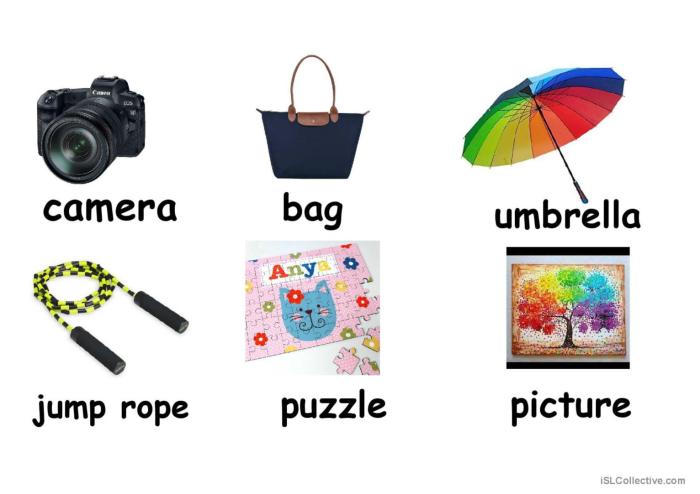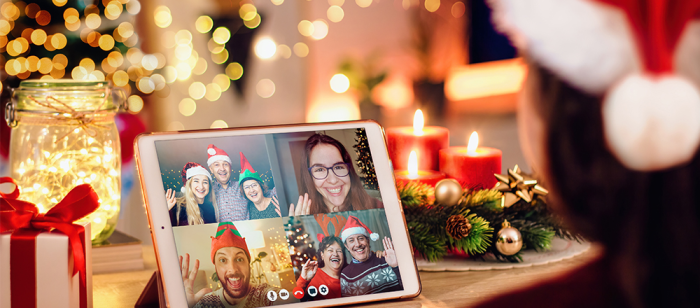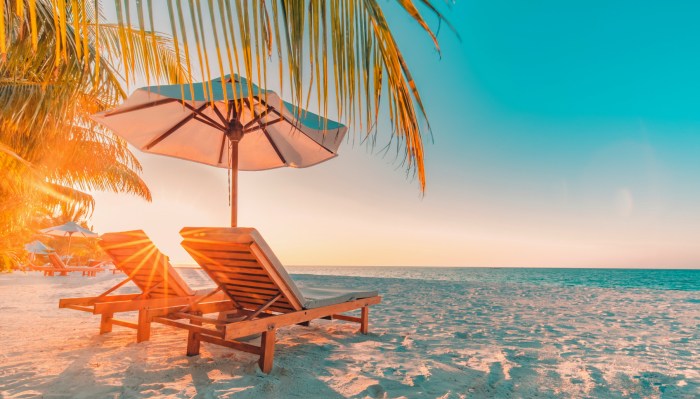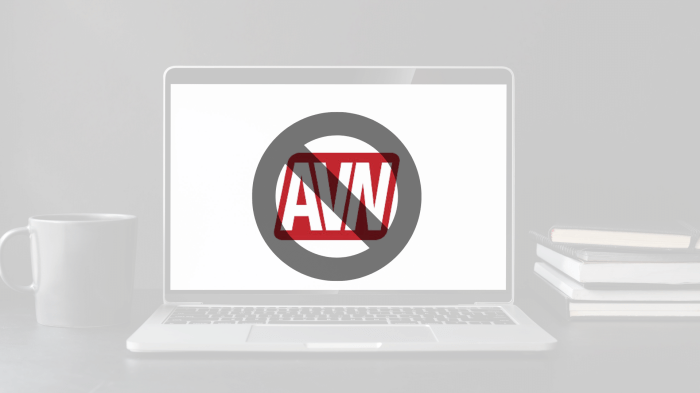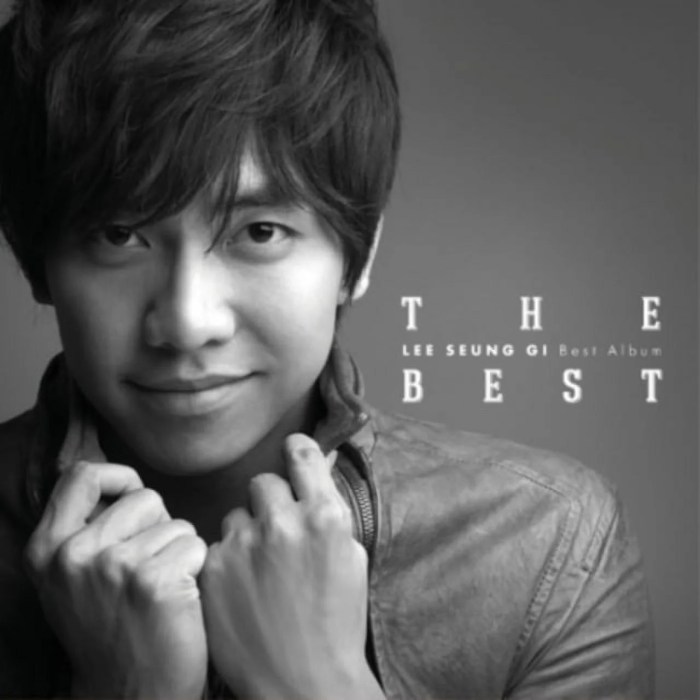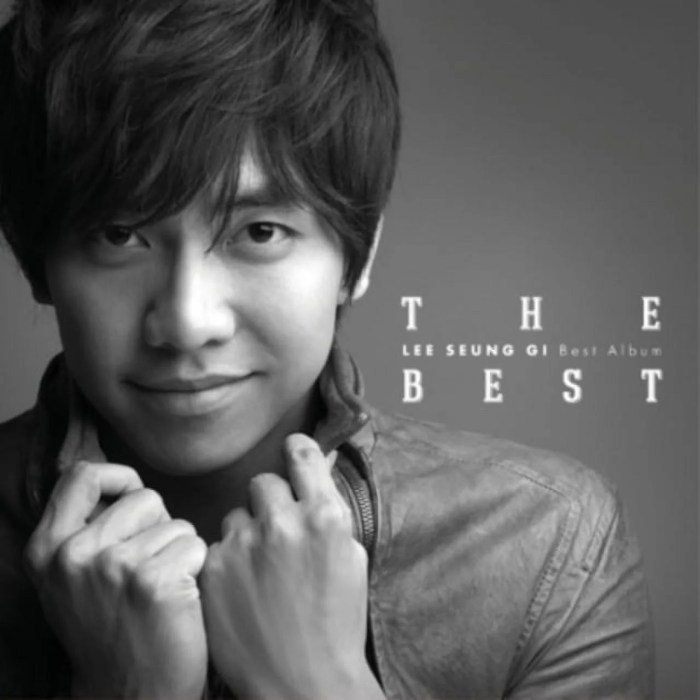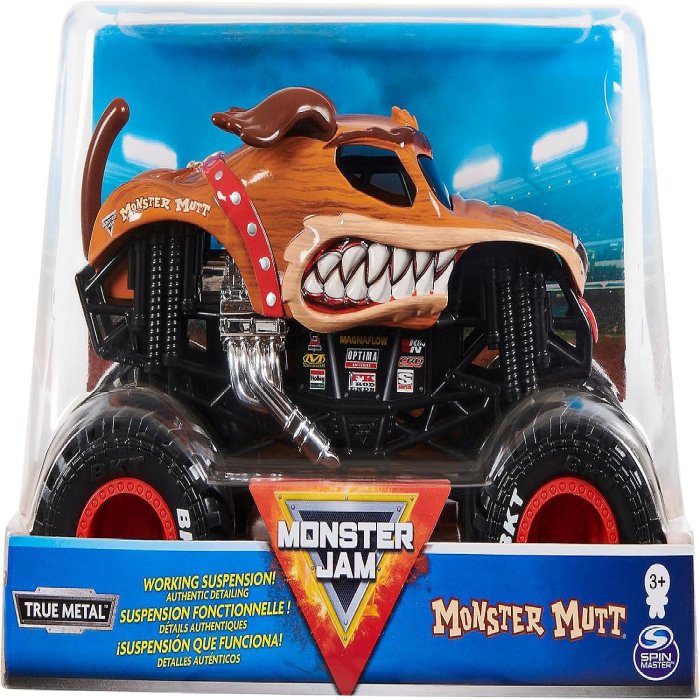Passport book vs passport card: Choosing the right travel document can significantly impact your journey. This guide dives deep into the intricacies of both options, exploring their differences, usage scenarios, application processes, and security features to empower you to make the most informed decision for your travel needs.
Passport books are the traditional and widely accepted travel documents. Passport cards, on the other hand, offer a more streamlined approach for specific travel situations. We’ll examine when each is the optimal choice, factoring in cost, convenience, and the destinations you plan to visit.
Passport Books vs. Passport Cards
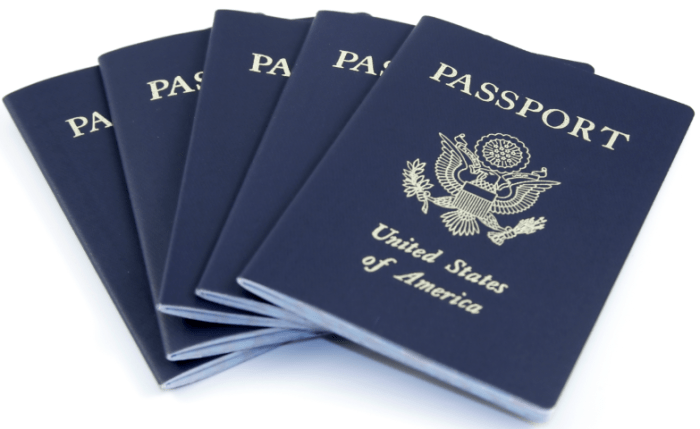
Passports are essential documents for international travel, allowing citizens to cross borders. However, not all passports are created equal. This exploration delves into the differences between passport books and passport cards, highlighting their distinct uses and histories.
Fundamental Differences
Passport books and cards are both official travel documents, but they differ significantly in size, portability, and intended use. Passport books are typically larger and contain more information, including personal details, photographs, and visa pages. Passport cards, on the other hand, are smaller and compact, containing less information and often limited to specific purposes.
Typical Usage Scenarios
Understanding when to use a passport book versus a passport card is crucial. Passport books are the standard choice for most international travel, offering comprehensive travel documentation. Passport cards, however, are more suitable for specific circumstances.
- Passport Books: Ideal for general international travel, encompassing a wide range of destinations and visa requirements. A passport book is required for most visa applications and is the preferred option for longer stays or multiple trips.
- Passport Cards: Designed for land border crossings within North America. They are often used in conjunction with a visa waiver program, allowing citizens of certain countries to travel to the U.S. or Canada without a visa.
Historical Context
The evolution of passports reflects changing travel needs and security measures. Both passport books and cards emerged from the need to verify identity and citizenship for international travel.
Early passports were primarily used for diplomatic travel and were significantly more elaborate than modern ones. The modern passport card, a more recent development, reflects the need for a smaller, more convenient travel document, particularly for specific border crossings.
Evolution of Passport Types
| Passport Type | Key Features | Typical Usage |
|---|---|---|
| Passport Book | Larger size, comprehensive information, multiple pages for visas, and more secure features. | General international travel, multiple entries, and extended stays. |
| Passport Card | Smaller size, limited information, specifically designed for land border crossings within North America, and often linked to visa waiver programs. | Land border crossings, travel between North American countries, and often combined with visa waivers. |
Passport cards offer a more streamlined approach for specific travel scenarios, especially for citizens who frequently cross land borders. However, passport books remain the standard for global travel, providing a wider range of options and accommodating diverse visa requirements.
Usage Scenarios
Choosing between a passport book and a passport card depends heavily on your travel plans. Passport books are the standard, offering broader global acceptance, but passport cards can be more convenient for specific situations. Understanding these differences is crucial for a smooth travel experience.Passport cards, while convenient in some circumstances, often have limitations compared to passport books. This is especially true for international travel.
Passport Book Preference
Passport books are generally the preferred option for extensive international travel. Their widespread acceptance by most countries makes them a versatile choice for exploring the globe. This comprehensive acceptance ensures that your passport book will be recognized and processed at various international borders.
Passport Card Preference
Passport cards are more suitable for travelers focused on specific regional destinations or for situations where a more compact document is advantageous. They are often the more practical choice for travelers who frequently cross the border into the countries where the passport card is accepted.
Travel Destinations and Validity
The validity of passport books and cards varies significantly depending on the destination. For example, a passport book is typically required for entry into countries outside the region where a passport card is accepted. It is crucial to check the specific visa and travel requirements of your destination country.
Countries Accepting Only Passport Books
- A substantial number of countries globally accept only passport books as a valid travel document. This includes nations with stringent immigration policies and those that don’t have reciprocal agreements for passport cards.
Countries Accepting Only Passport Cards
- Some countries have agreements that accept only passport cards for travel. These agreements are typically regional and focus on facilitating border crossings within a specific geographical area.
Passport Card Convenience
Passport cards can be more convenient for frequent border crossings between certain countries, especially when traveling within a specific region. For example, a passport card is beneficial for frequent travelers between the United States and Canada. It can save time at border crossings by streamlining the process, which is beneficial for both travelers and border control agents.
Passport Book Mandates, Passport book vs passport card
Passport books are mandated in situations where extensive travel is planned, including international trips to countries where the passport card is not accepted. In some cases, passport books are required for entry to specific regions or countries.
Application Process
Applying for a passport, whether a book or a card, involves specific procedures and requirements. Understanding these steps can streamline the application process and ensure a timely issuance. This section details the procedures, documents, fees, and processing times for both options.
Passport Book Application Procedure
The process for applying for a passport book typically begins with gathering the necessary documents and completing the application form. This usually involves providing proof of identity, citizenship, and address. Submission methods vary by country, but often include online applications, in-person visits to passport agencies, or mail-in options.
Figuring out if a passport book or card is right for your trip can be tricky. While a passport book is generally the standard, a passport card might be sufficient for land travel within certain countries. To make the most of your trip, you’ll need some stylish outfits! Checking out the best spring travel dresses under 30 on Amazon here is a great way to ensure you’re ready for your travels.
Ultimately, researching your destination’s specific entry requirements is key when deciding between a passport book and card.
- Required Documents: The specific documentation needed for a passport book application varies by country. However, common requirements usually include proof of identity (like a birth certificate or national ID), proof of citizenship (such as a citizenship certificate), and proof of address (utility bills or a lease agreement). Additionally, there might be specific forms or supporting documents required based on individual circumstances, like those related to name changes or prior passport issues.
- Application Fees: Passport book application fees vary considerably depending on factors such as the applicant’s age, the country of issue, and any expedited processing requested. It’s essential to consult the official government website for accurate and updated fee schedules.
- Processing Time: Passport processing times also fluctuate based on several elements. Factors such as the volume of applications, the processing center’s workload, and the complexity of individual cases all contribute to the processing time. For standard applications, the processing time is usually within a few weeks to a couple of months. Expedited services can significantly reduce this time, but typically involve additional fees.
- Application Channels: The application channels for passport books typically include online portals, in-person appointments at passport agencies, and sometimes, mail-in options. Online platforms offer convenience and often allow applicants to track their applications’ progress. In-person applications often provide immediate assistance and can address any questions promptly.
Passport Card Application Procedure
The passport card application process, while often similar to a passport book application, typically involves fewer documents and a quicker processing time.
- Required Documents: Passport card applications usually demand fewer documents than passport books. These typically include proof of identity, citizenship, and address, with the exact requirements often varying by country and specific circumstances.
- Application Fees: Fees for passport cards tend to be lower than those for passport books. This difference in cost is a key factor influencing the choice between a passport card and a passport book, especially for those traveling frequently within a specific region.
- Processing Time: Passport card processing times generally are faster than those for passport books, often taking a few weeks. This quicker turnaround time is attractive for those requiring a passport for specific, short-term travel plans.
- Application Channels: Similar to passport books, passport card applications can be made online, in person, or through mail. Online applications offer convenience and real-time tracking, while in-person applications provide immediate assistance and clarity.
Application Requirements Comparison
| Feature | Passport Book | Passport Card |
|---|---|---|
| Required Documents | Generally more extensive, including proof of identity, citizenship, and address. May include specific forms and supporting documents. | Generally less extensive, typically focusing on proof of identity, citizenship, and address. |
| Application Fees | Higher than passport card fees. | Lower than passport book fees. |
| Processing Time | Can take several weeks to months. | Generally faster, often within a few weeks. |
Validity and Expiration
Passport validity is a crucial aspect to consider when traveling internationally. Understanding the duration of your passport’s validity and the renewal processes is vital to avoid potential travel disruptions. Knowing the expiration dates and renewal procedures can save you from unnecessary stress and ensure a smooth journey.
Passport Book Validity Periods
Passport books generally have a set validity period, typically ranging from 10 to 15 years. This duration varies depending on the issuing country and individual circumstances. It’s essential to check the specific validity period printed on your passport book.
Passport Card Validity Periods
Passport cards, while designed for specific uses like land border crossings, have a different validity period than passport books. Their validity is typically shorter than passport books, often 5-10 years. Their shorter validity is a design consideration for their intended use. The exact validity period is printed on the card itself.
Comparison Table
| Feature | Passport Book | Passport Card |
|---|---|---|
| Typical Validity | 10-15 years | 5-10 years |
| Renewal Process | Applying for a new passport book | Applying for a new passport card |
| Extension Options | Not usually applicable, but renewal options exist | Not usually applicable, but renewal options exist |
| Use Cases | International travel | Land border crossings |
Renewal Procedures
Renewing a passport book or card involves submitting an application with the necessary documents to the issuing authority. The specific requirements and application process may vary depending on the country. It’s essential to check the official website of your country’s passport issuing agency for the most up-to-date information.
Extending Validity
Passport books and cards typically don’t offer options for extending their validity. Renewal is the standard procedure for maintaining valid travel documents. However, some countries may offer extensions under specific circumstances, such as for emergency travel or for those with long-term health issues.
Consequences of Exceeding Validity
Traveling with an expired passport can lead to several complications, including denied boarding, fines, and difficulties in re-entry. It’s crucial to ensure your passport is valid for the duration of your travel plans.
Passport Validity Requirements for Different Countries
Passport validity requirements vary significantly between countries. Some countries require a passport to be valid for a specific period beyond the intended travel date, while others have no such additional requirements. Always check the specific requirements of the country you are visiting. For example, some countries may require your passport to be valid for at least six months beyond your intended stay, while others may not have any additional validity requirements.
Always consult the embassy or consulate of the country you are planning to visit for their specific requirements.
Choosing between a passport book and a passport card can feel tricky, right? It’s a simple decision, but the implications can be surprisingly significant. While both grant entry to various countries, the physical size and format differ, impacting their usability and convenience. For example, the historical significance of the “house of the wannsee conference” ( house of the wannsee conference ) underscores the importance of careful consideration when navigating the complexities of international travel documents.
Ultimately, the best choice depends on your specific travel needs and planned destinations.
Security Features
Passport books and cards, while both serving the purpose of international travel identification, employ different security measures to deter counterfeiting and fraud. Understanding these differences is crucial for travelers to ensure they possess a legitimate document. This section delves into the specific security features of each and how they contribute to the overall protection against fraud.The security features embedded within passports are meticulously designed to withstand attempts at forgery and duplication.
These features, both physical and digital, are crucial in maintaining the integrity of the document and ensuring its authenticity.
Passport Book Security Features
Passport books utilize a multifaceted approach to security, incorporating advanced printing techniques, special paper, and intricate designs. The paper itself is often treated with unique chemicals that react to certain substances, making it difficult to replicate. These specialized papers are frequently embedded with embedded fibers or microscopic images. Advanced printing techniques, such as microprinting and embossing, are used to create subtle details that are difficult to reproduce.
The information printed on the pages is also often interwoven with security threads.
Passport Card Security Features
Passport cards, being a more compact form of identification, employ different but equally sophisticated security measures. These measures are designed to maintain the same level of authenticity as the passport book. Their smaller size doesn’t diminish their security features, rather they incorporate similar but adjusted approaches. The card’s materials and printing methods are tailored to its format, maintaining a high standard of security.
Comparison of Security Features
| Feature | Passport Book | Passport Card |
|---|---|---|
| Paper | Specialized paper with embedded fibers and microscopic images, chemical treatments. | Special plastic card material with embedded security features, and unique inks. |
| Printing Techniques | Microprinting, embossing, interwoven security threads. | Advanced printing techniques for the text and images, including special inks. |
| Security Features | Watermarks, holograms, optically variable inks (OVI). | Holograms, special inks, and layered security elements, embedded in the card itself. |
| Design Elements | Complex design patterns and intricate borders, unique to each passport. | Distinct designs and layouts with security elements. |
| Physical Security | Multiple layers of protective materials. | Protective laminate coating, making it more durable and less prone to damage. |
Protection Against Counterfeiting
Counterfeiting is a significant concern for any identification document. Governments employ a combination of sophisticated security measures to thwart counterfeiters. The specific security features of each passport type, both book and card, are crucial in deterring forgery attempts. The use of advanced materials and technologies creates a formidable barrier against counterfeiters.
Differences in Security Features
The primary difference lies in the physical form factor. Passport books are larger and more complex, allowing for a wider array of security features. Passport cards, due to their size, have a different emphasis on security features that maintain their integrity. These differences in physical characteristics dictate the security approaches.
Security Measures to Prevent Fraud
Governments employ various measures to prevent fraud. These measures extend beyond the physical features of the passport and include rigorous background checks for applicants, and verification of identity documents. Security features within the passport itself are only part of a comprehensive approach to safeguarding against fraudulent use. The security measures are updated and improved periodically to keep pace with evolving counterfeiting techniques.
Thinking about a passport book versus a passport card? While both are valid travel documents, a passport book is generally the more versatile option, but a passport card might be sufficient for land crossings. For example, if you’re planning a trip to see the stunning South Carolina Rocky Shoals spider lilies ( how to see south carolina rocky shoals spider lilies ), a passport card might just do the trick.
Ultimately, the best choice depends on your travel plans. You’ll want to consider if you need to fly internationally or simply cross into another country by land.
Physical and Digital Security Features
Passport books and cards incorporate both physical and digital security features. The physical security involves the materials, printing techniques, and design elements described earlier. Digital security features are less noticeable but play a vital role in verifying authenticity. Digital signatures and embedded microchips are examples of digital security elements.
Costs and Benefits
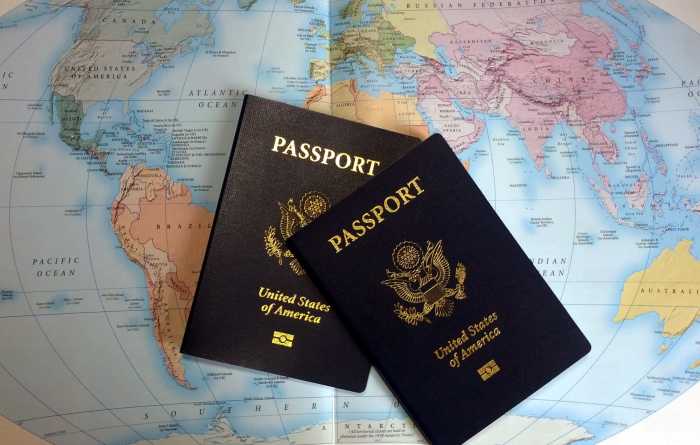
Choosing between a passport book and a passport card involves more than just size and convenience. The financial implications, while often overlooked, can significantly impact your travel plans, especially for frequent travelers or those with specific travel needs. Understanding the costs and benefits of each option is crucial for making an informed decision.
Passport Book Costs
Passport books are typically the more expensive option, due to the increased security features and materials required for the book format. These costs are factored into the overall price, influencing the long-term financial commitment.
| Cost Component | Passport Book | Passport Card |
|---|---|---|
| Initial Application Fee | Higher (often around $160) | Lower (often around $85) |
| Processing Fee (Expedited) | Potentially higher depending on the chosen service | Potentially higher depending on the chosen service |
| Replacement Fee | Higher (due to the complexity of the book) | Lower (simpler replacement process) |
Passport Card Costs
Passport cards offer a more budget-friendly alternative for certain travel situations, particularly for land border crossings. However, they have limitations in their application.
Benefits of Passport Books
Passport books provide comprehensive global travel authorization. They are accepted worldwide, allowing flexibility in destinations and travel styles.
- Global Acceptance: Passport books are universally recognized, opening doors to virtually any country.
- Versatile Use: The book format facilitates a wider range of travel scenarios, from international air travel to cruises and other forms of travel.
- Higher Security Features: The book’s physical structure and security features contribute to a higher level of protection against fraud and counterfeiting.
Benefits of Passport Cards
Passport cards offer a more cost-effective option for travelers who primarily cross land borders.
- Cost-Effective for Land Travel: Passport cards are often cheaper than passport books and are particularly beneficial for frequent travelers between countries that share land borders.
- Smaller Size: The card format is convenient for carrying in wallets or purses.
- Lower Application Fee: The passport card application fee is generally lower than the passport book fee.
Long-Term Costs
The long-term costs are a key consideration when evaluating the overall value of either option. The difference in application and replacement fees can significantly impact your budget over time.
Cost-Effectiveness
The cost-effectiveness of each option depends on the individual’s travel habits. Frequent travelers across land borders will likely find the passport card more cost-effective. Those who frequently fly internationally will likely benefit from the broader acceptance and security of a passport book.
Additional Costs
Expedited processing for both passport books and cards can incur additional fees. These fees vary based on the service provider and the chosen urgency level.
Benefits of Using a Passport Card
Passport cards offer a streamlined and more affordable alternative for frequent land border crossings.
They provide cost savings in the long run, especially for travelers with frequent border crossings between countries that allow the use of passport cards.
Legal Considerations
Understanding the legal implications of choosing between a passport book and a passport card is crucial for seamless international travel. These documents aren’t just pieces of paper; they represent your legal identity and authority to cross borders. Different countries have varying acceptance criteria, and using the wrong document can lead to delays, denied entry, or even legal trouble.
Knowing the specific requirements for each country you plan to visit is essential for a smooth and legally compliant journey.
Passport Type Requirements
Passport books and cards, while both forms of identification, are not universally interchangeable. Specific countries might accept only one type or impose particular conditions. This section delves into the legal requirements for using either document.
Countries Accepting Passport Cards
A passport card is a more streamlined option for travelers who primarily cross borders by land or sea within a specific region. The countries that accept passport cards are geographically concentrated and usually have existing agreements for simplified border crossings. This list isn’t exhaustive, but it illustrates the geographic scope of acceptance:
- Canada: Passport cards are accepted for land and sea travel between the U.S. and Canada.
- Mexico: Passport cards are acceptable for land border crossings between the U.S. and Mexico.
- Countries in the Caribbean: Certain Caribbean countries might accept passport cards for travel.
Countries Accepting Passport Books
Passport books, the more traditional form, are generally accepted globally for air travel and any type of international travel. Their wider acceptance reflects the global scope of international travel and the established standards for international travel documents.
- Most countries in Europe, Asia, Africa, South America, and Oceania: Passport books are widely accepted for international travel in these regions.
- United States: Passport books are the standard for U.S. citizens traveling internationally.
- Other countries globally: The vast majority of nations accept passport books for international travel.
Expired or Invalid Passports
Using an expired or invalid passport can lead to serious legal consequences, from delays at border crossings to complete denial of entry. These issues stem from the passport’s legal validity as a travel document.
- Border agents are legally obligated to refuse entry to individuals with invalid travel documents.
- Legal repercussions can include fines, delays, and the need for additional travel documentation to resolve the issue.
- Consequences can also extend to future travel, impacting future applications and possible denial.
Legal Implications for International Travel
Properly understanding and complying with the legal requirements for your passport type is critical for international travel. Using an incorrect or invalid document can lead to legal issues and disrupt your travel plans.
- International travel requires compliance with the host country’s immigration laws and regulations.
- Using the correct passport type is a fundamental part of adhering to international legal frameworks.
- Understanding the nuances of specific visa requirements and travel regulations is essential.
Travel Documentation
Traveling the world is an exciting experience, but navigating the complexities of international travel can be daunting. Understanding the necessary travel documentation alongside your passport is crucial for a smooth and worry-free journey. From visas to local permits, the right documentation can save you significant stress and potential delays.
Necessity of Additional Travel Documents
Beyond your passport, you often need additional travel documents. These documents confirm your permission to enter and stay in a particular country, and they can vary based on your nationality, destination, and length of stay. This ensures that your travel complies with the host country’s regulations. This comprehensive approach minimizes the risk of unforeseen issues and ensures a seamless travel experience.
Visas and Travel Permits
Visas are essential for entering many countries. They authorize you to remain within the country for a specific time, and these are required to enter some countries. They are issued by the embassy or consulate of the destination country. Different countries have varying visa requirements, depending on the applicant’s nationality, purpose of travel, and length of stay. This ensures that the government of the destination country has the necessary information to assess and verify your eligibility to enter the country.
Travel permits, another crucial document, may be necessary for certain activities, such as working, studying, or engaging in specific types of tourism. Their purpose is to authorize certain activities in a specific region or country.
Passport Book vs. Card Requirements
Passport cards, while convenient for quick border crossings, often have more stringent requirements for additional documentation compared to passport books. Passport books generally offer more flexibility and are frequently accepted for various travel purposes. Passport cards, on the other hand, are usually designed for quicker border crossings and are limited to specific destinations and travel scenarios. A passport card might not be sufficient for all travel purposes, while a passport book usually provides broader acceptance for more situations.
The specific requirements for additional documents vary by country and travel scenario.
Required Documents for Various Destinations
The required documentation for travel varies significantly depending on the destination. Some destinations require specific vaccination certificates, while others may demand financial statements. The need for additional documents is influenced by the country’s immigration laws and the nature of your visit.
Table of Required Documentation
| Travel Scenario | Required Documents (Examples) |
|---|---|
| Tourist Visa (US Citizen to France) | Passport, Visa Application, Proof of Accommodation, Flight Itinerary, Financial Statements |
| Business Trip (UK Citizen to Germany) | Passport, Business Visa, Letter of Invitation, Company Documents, Proof of Accommodation |
| Student Exchange (Canada to Japan) | Passport, Student Visa, Letter of Acceptance from University, Financial Statements, Health Insurance |
| Transit through a Country (Australia to Thailand) | Passport, Visa (if required), Flight Itinerary, Proof of onward journey, Visa for destination country. |
End of Discussion: Passport Book Vs Passport Card
Ultimately, the best choice between a passport book and a passport card depends on your individual travel plans. Consider your destination, frequency of travel, and the potential need for expedited processing. This guide has provided a comprehensive overview to help you make the right decision for your specific travel requirements. By understanding the nuances of each option, you can confidently navigate the complexities of international travel.




